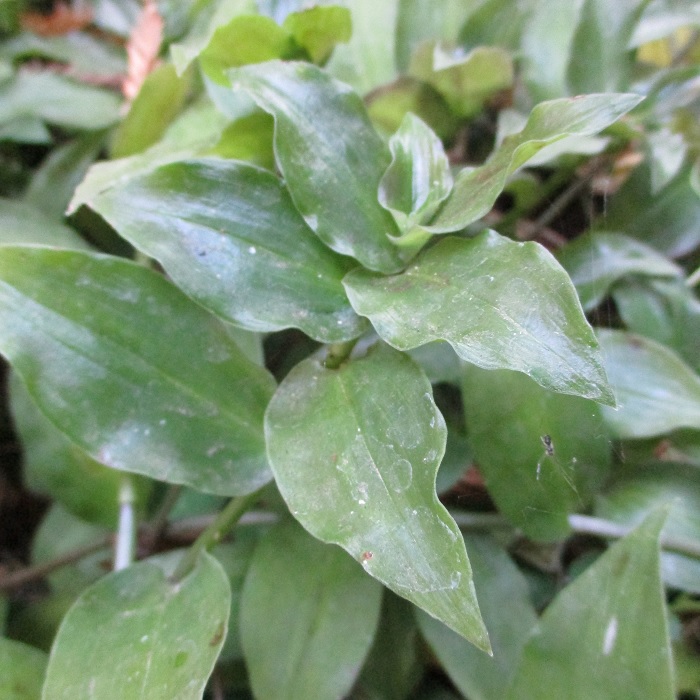UNITED STATES—Philodendrons, dracaenas, ferns, palms or any sort of tropical foliage inside our homes only create an illusion of closeness to nature. Naturally, these plants live in very different climates, mostly thousands of miles away. Not only do they have no business in our homes; they have no business on the North American Continent. Some can live in the garden, but only with unnatural watering.
They are only known as houseplants because they ‘can’ live in the house. Almost all are from tropical regions; and most are understory plants that naturally live in the shade of larger trees. They work nicely as houseplants because they tolerate the shade of home interiors. Because they are from tropical regions, they have no concept of winter, so do not need chilling for winter dormancy.
The disadvantages to their tropical heritage is that they are confined to domestic lifestyles here. Many would not survive frosty winter weather. Some might survive, but would not be happy about it. Others would not like the aridity (lack of humidity) during the summer. Houseplants that get moved out to the garden for part of the year must be grown in pots so that they can be moved back in.
While inside, there are no natural predators to control the insects that feed on houseplants. Scale and mealybug can proliferate enough to not only damage houseplants, but to also make a mess of their sticky honeydew below the houseplants they infest. Spider mites can proliferate where dust accumulates on foliage. That is why houseplants sometimes like to be rinsed by a gentle rain.
Since they are confined to pots, houseplants must be watered more carefully than plants that get to disperse their roots out in the garden. Some large Boston ferns and spider plants may need quite a bit of water to be applied very regularly. Some dracaenas, palms and ficus trees may want to get slightly dry between watering. As soil deteriorates, old plants might need to be repotted.
Houseplants are grown for their lush evergreen foliage, and such lush foliage can be sensitive to fertilizer toxicity. Even if fertilizer is applied lightly, toxins can eventually accumulate if fertilizer is applied very regularly. This problem is usually corrected with repotting. However, plants that never need to be repotted might like to be taken outside to get water rinsed through their potting soil.
Highlight: wandering Jew
It could not have survived out in the desert for forty years. Wandering Jew, Tradescantia fluminensis, would have desiccated before its first summer. Well watered gardens are a completely different situation. Wandering Jew can become invasive and mix with other more desirable ground covers, only to die back and turn dark brown through winter. It starts over the following spring.
The one or two inch long leaves and succulent stems are very tender, sort of like busy Lizzie (impatiens). Stems root wherever the swollen nodes touch moist soil. New plants are ridiculously easy to propagate by cuttings, or simply by scattering pruning scraps wherever new plants are desired, and sprinkling a bit of soil or compost over them. Because it is so tolerant of shade, wandering Jew is an easy cascading houseplant. A variegated cultivar has slightly larger leaves.
Horticulturist Tony Tomeo can be contacted at tonytomeo.wordpress.com.






